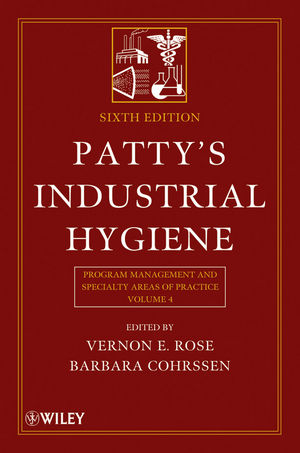To reduce incidents and create a culture of safety in the workplace, many leading companies are adopting behavior-based safety (BBS) programs that encourage a personal responsibility for safety.
BBS is a scientific approach to raising safety awareness, using observation and feedback to identify safe and unsafe conditions in the workplace. Ideally, it’s an employee-driven process, based on the idea that individuals taking ownership of safety is most effective at achieving lasting cultural change.
Whether or not organizations use a formal BBS process, they probably incorporate several of its methods. For example, tracking hazards and corrective actions, creating open dialogue between supervisors and employees and a focus on improving procedures.
Reaching safety goals is a process, perhaps a long one depending on a company’s starting point. After all, workplace safety culture is a large ship, one that takes time to turn around.
To address this, many organizations find an EHS management system helps achieve faster gains with fewer incidents, providing a standardized method for effecting behavioral change in employees. Below are some of the automated solutions that help.
Employee training
Given the demands of the workplace, it’s understandable why training sometimes falls by the wayside. Supervisors are busy, new employees are needed on the floor—it can take months before employees are caught up, during which time incidents can occur due to training gaps.
Standardizing employee training is an effective way to make sure all employees know how to perform their jobs safely. EHS management software makes it easy to do this, ensuring workers receive essential training at the right time. It streamlines the process by allowing companies to assign required training by role or facility, as well as by providing automatic notifications for scheduled and overdue training.
Corrective action
Every employer needs a system to follow up on hazards and incidents in the workplace. It’s why corrective actions are a central element of any BBS approach, allowing an organization to correct problems and ensure those corrections are applied to other related procedures.
EHS Software automates the process, providing an efficient strategy for routing any corrective action through review, root cause analysis, corrective action taken and verification. Automated corrective action tools are a key part of not just correcting problems, but also sharing observations and feedback with the entire organization so others can learn from incidents.
Safety audits
Whether an organization is working on OHSAS 18001 certification, ISO 14001 for EHS management systems, or simply conducting an internal safety audit, having tools to standardize audits will help get the most from the process.
Not only do these certifications help employees internalize safe behavior, the audit journey itself is a process that can heighten safety awareness. Look for EHS management software that streamlines the process of audits, with automatic scheduling, custom survey building tools and integrated risk assessment to inform all decisions. Organizations should also look for software that links up with the corrective action system, allowing them to issue corrective action requests as they go.
Collaborative tools
Again, sharing findings with the organization is a key part of BBS programs. That’s because achieving a true culture of safety requires leveraging each and every safety lesson learned. An important thing to remember when sharing findings is that it’s not about shaming or blaming individuals, but improving the process.
EHS software provides automated routes for sharing these lessons. Key capabilities to look for include:
- Meeting Management to not only plan and schedule meetings, but also distribute resources and assign and track corrective action requests.
- Document Control software to ensure the message is consistent across all documents, from work procedures and test methods to product specifications and employee manuals. It’s important updated documents are available when needed, instead of having to search through old files or emails.
- Centralized Reporting software to provide visibility into the results of an organization’s safety campaigns, helping to quickly track progress and identify other trends that need attention.
Closing thoughts
The success of any BBS program ultimately relies on individuals making a commitment to safety. While the human element does introduce some level of uncertainty, there are EHS Management tools that can standardize the process and help employees make safety a top priority in the workplace.




